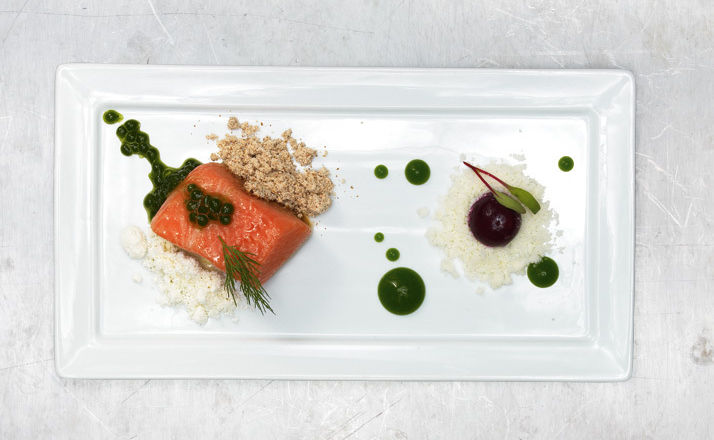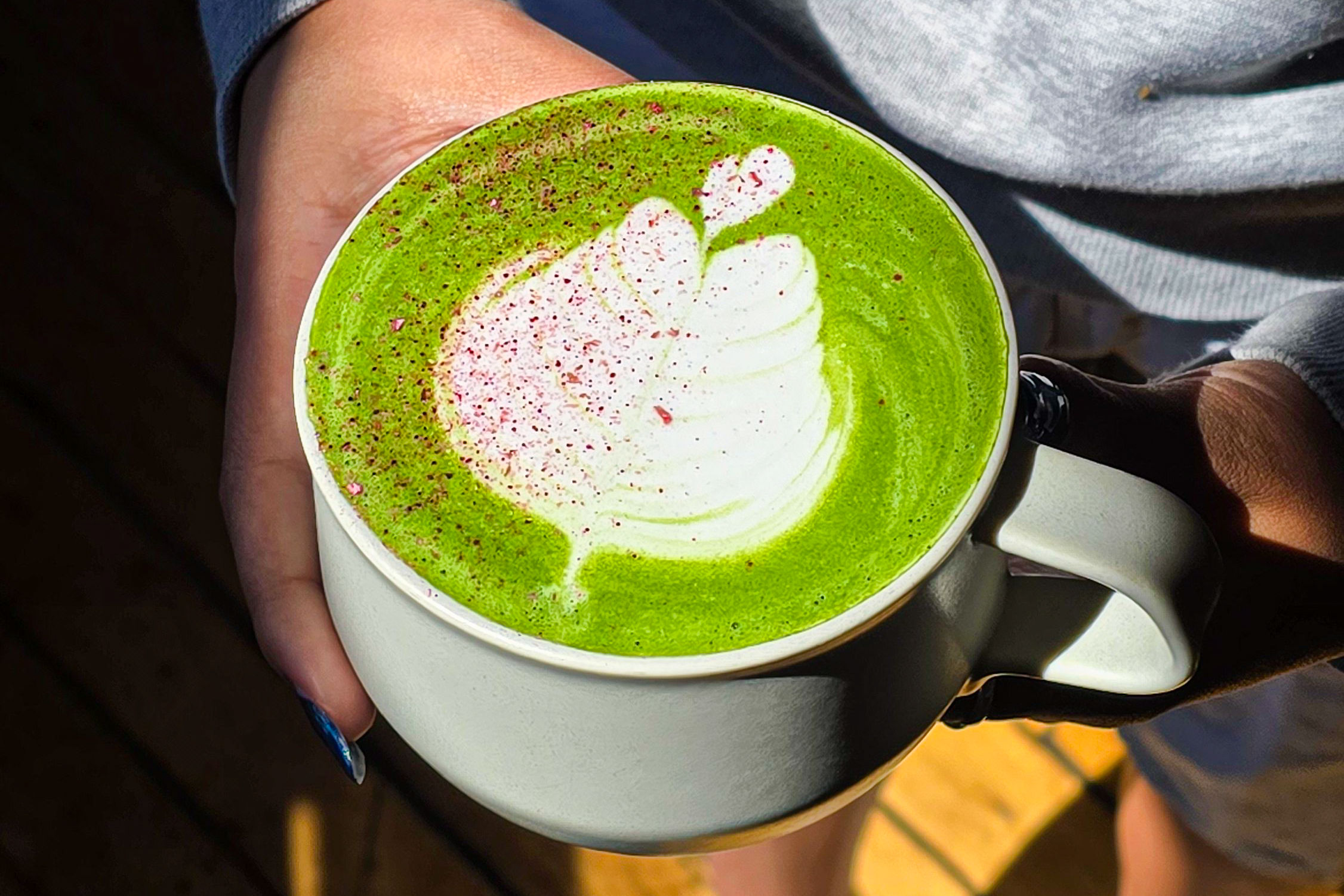Kitchen Chemistry

Image: Stuart Mullenberg
EDIBLE MENUS. Cryovacked potatoes. Liquid-nitrogen-seared tuna. No, this isn’t “Cooking with Einstein.” These dishes represent a growing international movement—dubbed “molecular gastronomy”—that relies on scientific processes to elevate flavors and transform food into unexpected forms. A handful of chefs are championing the trend, including Portland native and Iron Chef winner Homaro Cantu, whose cutting-edge Chicago restaurant, Moto, leads the way. While cities like Chicago and New York have embraced the trend, in Portland, where beet salads and grilled salmon are still de rigueur, such futuristic fare might raise suspicion. Cantu, a Western Culinary Institute grad, says he uses only local, mostly organic ingredients and natural processes. Whimsical food from Cantu and other molecular masters will be served January 19 at OMSI’s “Science in the Kitchen” fundraising gala. But to give the ticket-less a taste, we asked Cantu and WCI instructors Woojay Poynter and Joshua Shroll to re-envision the Pacific Northwest’s most iconic—and tired—dishes.
DILL CAVIAR
Who says caviar comes only from the ocean? For this garden variety, dill is boiled briefly, blended with a little water and salt, then mixed with calcium lactate. Tiny spoonfuls of the mixture are dropped into a solution of water and sodium alginate (an extract of brown algae); the reaction causes a gel to form around the droplets, creating tiny dill caviar.
FENNEL AND TRUFFLE POWDERS
N-Zorbit is the magic ingredient here. Sounds scary, yes, but it’s merely tapioca maltodextrin, a naturally modified tapioca starch. When certain proteins and liquids, like black truffle oil or dehydrated caramelized fennel, are combined with it in a high-speed food processor, a fluffy, concentrated powder results.
SOUS-VIDE SALMON
When salmon is cooked sous-vide, French for “under vacuum,” the fresh fish is vacuum-packed in a plastic bag with olive oil and seasonings, then placed in circulating water at 113 degrees for about 40 minutes. At the end, the “Cryovacked” fish still appears raw, but it is, in fact, just cooked through, and the sublime flesh is as moist, sweet and tender as custard.
ARUGULA AND NAPA CABBAGE "SALAD"
Consider this liquefied salad a shot of garden-fresh goodness. Blanched arugula and Napa cabbage are chilled in an ice bath, finely puréed and thickened with Ultra-Tex 3, a modified tapioca starch. The liquid “greens” can be served in pipettes like those used in chemistry labs, so guests can decorate their plates.
BEET CAVIAR WITH CHÈVRE "SNOW"
It may look like Hal 9000 from 2001: A Space Odyssey, but this is actually a beet caviar prepared like the dill caviar. Beneath the earthy vegetal center is a “snow” of Cypress Grove goat cheese, which has been combined with Ultra-Sperse 3, a modified tapioca starch, to give us a revamped version of the classic beet-and-goat cheese salad.




